As an artist, learning new techniques and breaking bad habits is a neccessary part of the journey. When one struggles for months or even years to acheive a technical goal, the frustration can settle in like an univited guest who refuses to take leave at a reasonable hour. When I read that one of my favorite artists, Felicia Forte, was scheduled to teach a workshop at Warehoue 521 in Nashville, TN, I knew that a six hour drive was a minor hurdle and that I must attend despite a busy schedule at home.
During her demos, I began to understand what Forte deems as important, on a technical level, for a successful alla prima figure painting. Pay close attention to drawing the initial large shapes (“one look, one line”), to value, and to color. Think about how to paint each shape with the fewest brushstrokes as possible. As a teacher, Forte uses language with the same rich, saturated economy of her brushstrokes. “When you see someone down the street, you recognize them because of the largest shapes on the face and body, not because you can see the details. Always paint the largest shapes first.”
Best of all, on the first day of the workshop, she demonstrated four specific steps that helped her improve her own paintings. She was quite direct with every purposeful word she spoke and even told us HOW to be students. “Write this down. I want you to take notes. Later you will use the notes when you are painting.” “Take pictures so you can see the steps. I will ask you to use the snaps when you are painting so you can remember the steps while you learn something new.” “Next I will get more quiet. I will be painting. Just watch.” Her blunt language enabled her to do the best job she could while teaching and allowed us to do the best job we could while learning. I was tremendously grateful and impressed early in the first day of the three day workshop.
As a bonus, Forte allowed me to ask her the same questions about contemporary figure painting I asked gallery owners in the previous post. Talking with several gallery owners last week about contemporary figure painting was exciting and insightful. Now I’d hear the perspective of a rising star. While Forte’s current body of paintings is not strictly figurative, I wanted to pay attention to the similarities and differences between an artist perspective and that of a gallery.
Do you feel like there is a strong collector’s market for figure painting today? Is there anything specifically challenging about selling figurative work?
“It’s funny because…I have no idea. I mean, I’ve spent most of my time getting good at painting and teaching painting. The show I have now at Adend Gallery is the first big show I’ve done, as far as number of paintings. It is 25 paintings, many of which are not figurative. The gallery does say that since 2008 sales have been twice as difficult as before.”
In your opinion, what is the difference between a figure painting and a portrait?
“Well, I don’t think there is enough information in the question. A portrait can be a figurative painting and a figurative painting can be a portrait. It depends on the artist.”
What about when an art collector is admiring a painting and says something along the lines of not wanting a figure painting in their home unless they know the person in the painting? I hear this type of comment about my own work which makes me curious about the perceived difference between a portrait and a figurative painting.
“Either the artist is not educated or the collectors are not educated. Your question tells me that people need to be more educated about what’s happening in the art world today.”
Will you name a few contemporary figure painters you admire and tell us what you appreciate about their work?
“I like Emile Joseph Robinson who I wouldn’t call strictly a figurative painter. I’ve watched his progress during the last three or four years. He started with pastels, then went abstract and now he is coming back around and is more representational. He is curious, his work is unique and he is inspiring.”
“Daniel Sprick – he is just a master. I know that his work is unique and impressive and moving. But not moving in the same way as the first guy I mentioned. Robinson paints more like I like to paint myself. I do not paint like Daniel Sprick, but I admire him.”
Do you have any advice for emerging figure painters?
“Beyond the technical? Make sure you are painting for you first and foremost and not your idea of what the market wants. It will become not fun to do. I’d say, enter contests. It is a good way to thicken your skin, a good thing to do, there is a range of prestige in the available contests. In entering them, look at who the jurors are and see if it is worth your time or entry fee.”
“I’ve been conservative about putting stuff in galleries. I spend my time traveling to teach workshops and am not teaching regularly at home anymore. This gives me more time to paint, thus building the gallery career.”
“It usually takes longer and the path is much windier than you think it will be so be able to adjust.”
♦♦♦♦♦♦♦♦♦♦♦
In summary, taking a workshop from an admired artist is an incredible opportunity to push yourself, learn new skills, and gain valuable insight. Thank you to Felicia Forte f or honing your teaching skills, in addition to your painting skills, so students can learn more than they may have thought possible in a three day workshop. And thank you to Warehouse 521. In three short years, Jeanie Smith has developed an incredible program that attracts top artists from around the world. I’ll certainly keep my eye in the schedule and hope to return soon.
or honing your teaching skills, in addition to your painting skills, so students can learn more than they may have thought possible in a three day workshop. And thank you to Warehouse 521. In three short years, Jeanie Smith has developed an incredible program that attracts top artists from around the world. I’ll certainly keep my eye in the schedule and hope to return soon.
P.S. Below are some paintings from the workshop and from my studio. Ever since returning home, I’ve been practicing what we learned in the workshop. Bad habits are hard to break but I think I’m making some progress. 


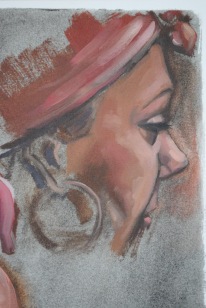










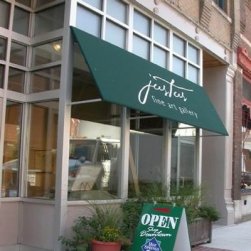
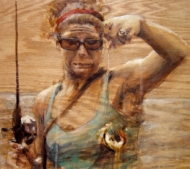




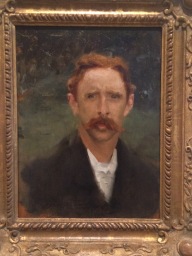



 positions where information is altered, obscured and redefined. In Washington, D.C., I had the pleasure of seeing her work, though very different from these pieces, at the National Portrait Gallery. I wrote then about the artist’s unique ability to use alternative methods of photography to engage viewers. There is much to discover in her pieces in the Florida Prize exhibit and the complex arrangements of imagery is both perplexing and revelatory, reminiscent of the mysteriously alluring Robert Rauschenberg style.
positions where information is altered, obscured and redefined. In Washington, D.C., I had the pleasure of seeing her work, though very different from these pieces, at the National Portrait Gallery. I wrote then about the artist’s unique ability to use alternative methods of photography to engage viewers. There is much to discover in her pieces in the Florida Prize exhibit and the complex arrangements of imagery is both perplexing and revelatory, reminiscent of the mysteriously alluring Robert Rauschenberg style.


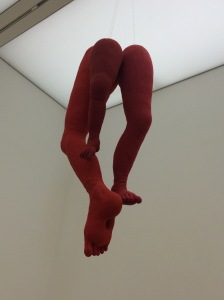
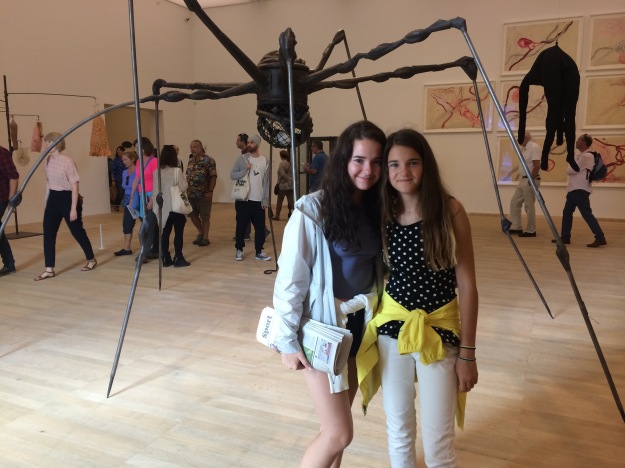
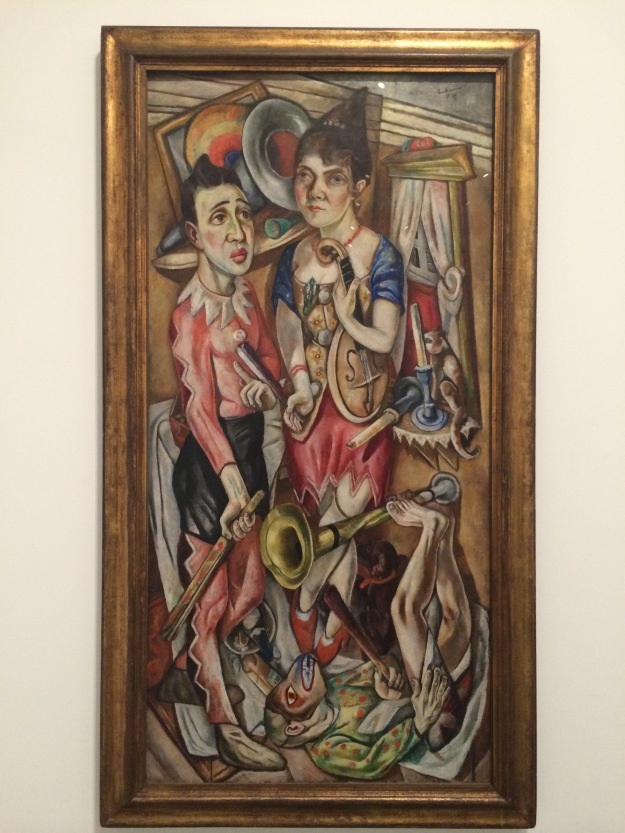


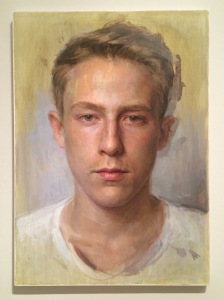

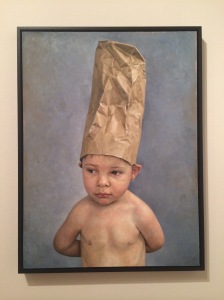

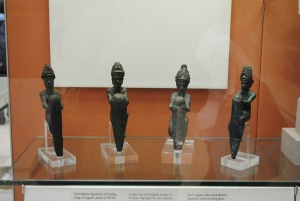

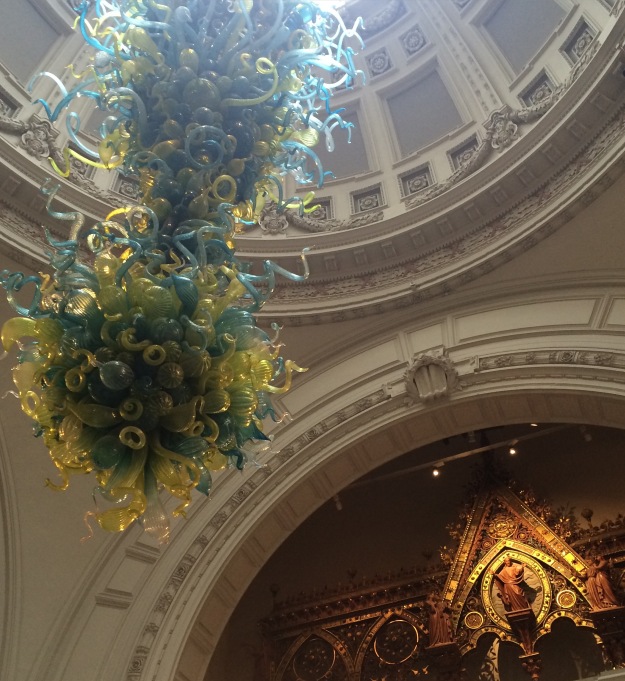















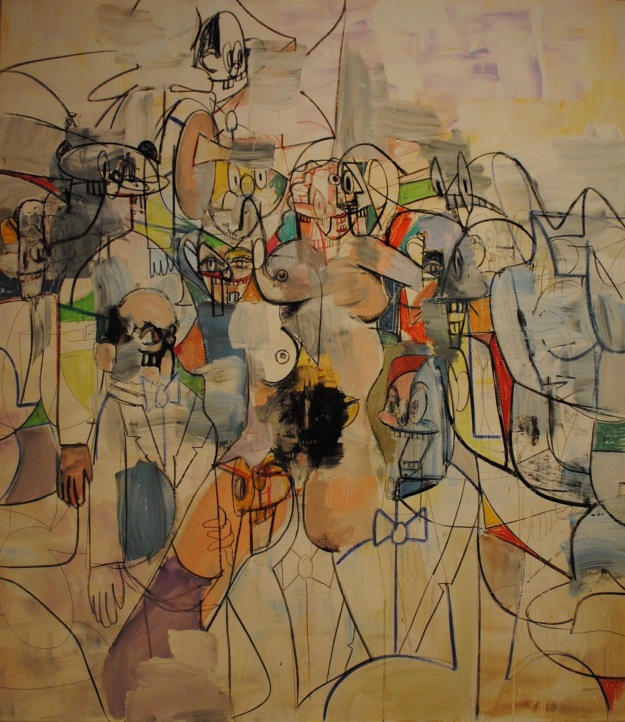






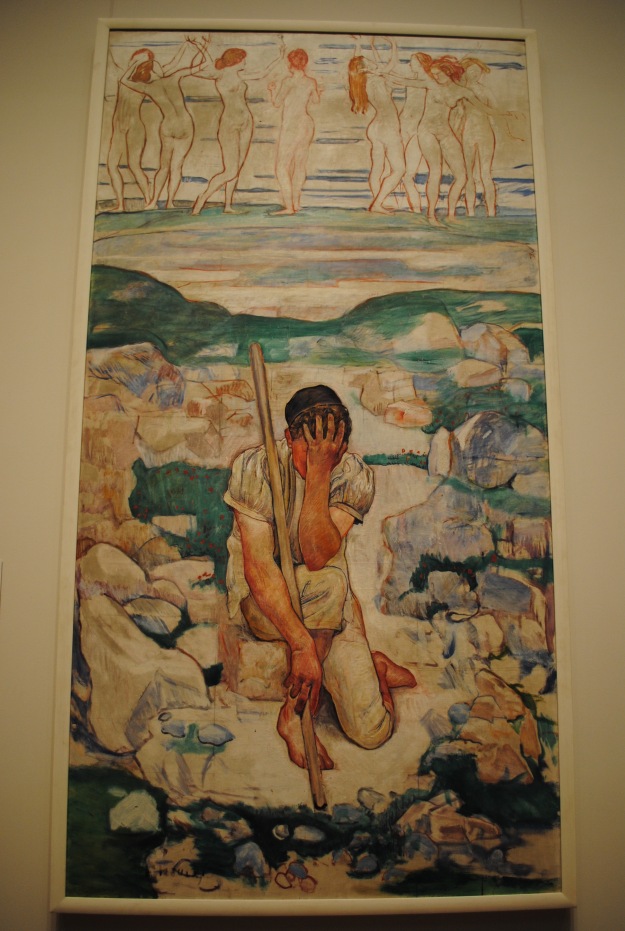

















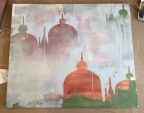

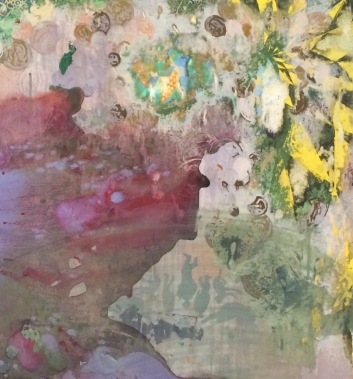







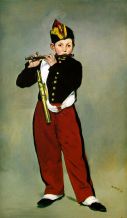













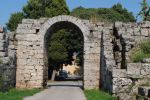





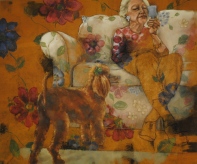
 ht not have noticed and appreciated all the little, yet valuable, human kindnesses we experienced in New York. Thankfully, kindness, as well as artistic inspiration, can find each of us just about anywhere.
ht not have noticed and appreciated all the little, yet valuable, human kindnesses we experienced in New York. Thankfully, kindness, as well as artistic inspiration, can find each of us just about anywhere.